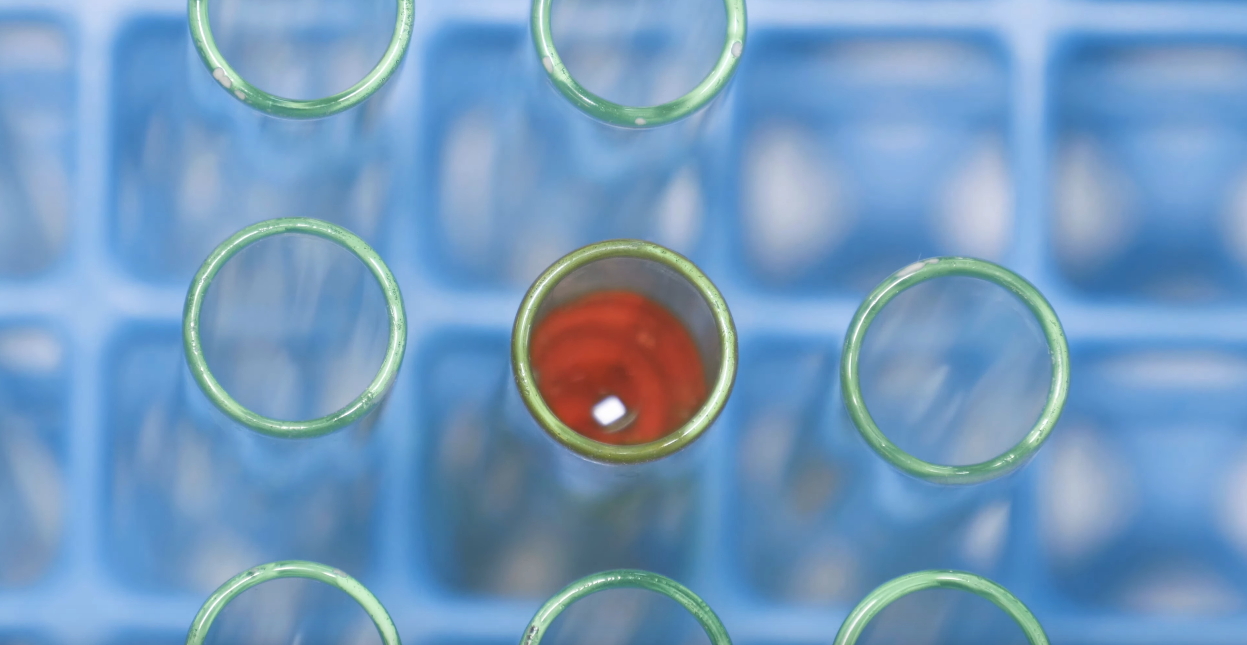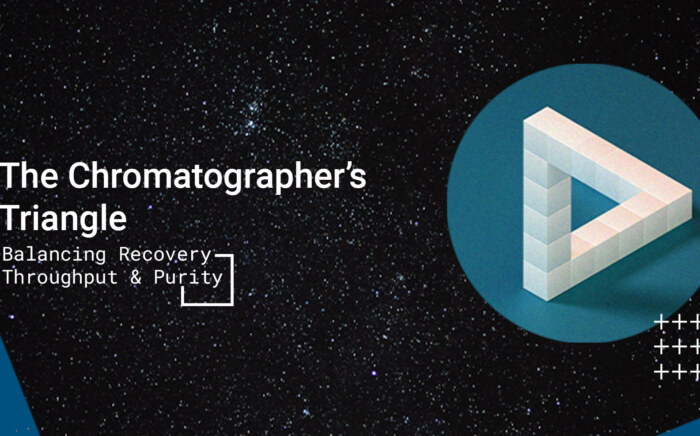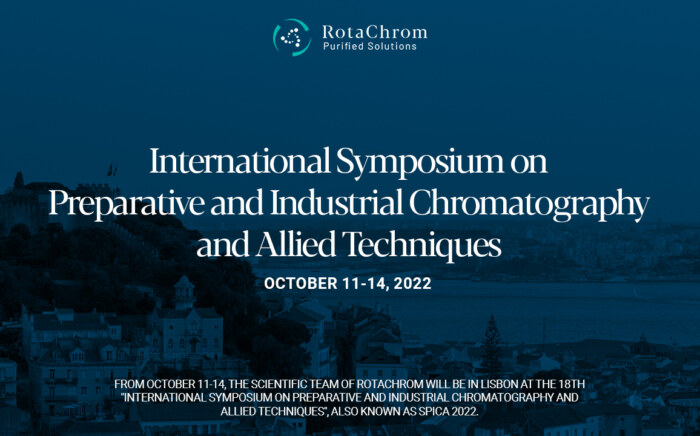Increasing separation efficiency by pH adjustment in Centrifugal Partition Chromatography
NewsSince the early days of chromatography, which began with Mikhail Tsvet’s pioneering plant pigment experiment, numerous techniques have been developed for purifying materials. One well-known method is supercritical fluid chromatography (SFC), which is widely used and has a proven track record. However, with so many different chromatographic methodologies available, it’s worth considering whether there may be superior options for businesses. There are several factors to consider when choosing a chromatographic method including efficiency, cost, scale, and versatility. SFC has its set of benefits, but once again we’re going to compare it to centrifugal partition chromatography (CPC).
Centrifugal Partition Chromatography vs Supercritical Fluid Chromatography
Supercritical fluid chromatography (SFC) is a separation technique that utilizes a supercritical fluid as the mobile phase to separate compounds. SCFs are fluids that are above their critical temperature and pressure, and exhibit properties of both liquids and gases. Common SCFs used in SFC include carbon dioxide and water.
One of the benefits of SFC is that it can be used effectively to purify a specific set of compounds without the need to change the separation method. This can be particularly useful in cases where the same system of compounds is being purified over an extended period of time, either in batch or continuous operation. SFC can also be performed using the same silica-based column, which can be an advantage over other chromatographic techniques that may require the use of different columns for different compounds.
In addition to its versatility, SFC also offers a rapid cycle time, which can be beneficial in certain applications. However, it should be noted that this rapid cycle time is only achievable in well-configured processes. If a different purification method or a new compound is introduced, it may be necessary to optimize the method and find a compatible column and solvent settings to achieve the desired selectivity. This can be time-consuming and require additional effort. Overall, SFC is a useful technique that can provide efficient separations, but it may not be the best choice in all situations.
Advantages of Centrifugal Partition Chromatography
Centrifugal partition chromatography (CPC) is a liquid-liquid chromatography technique that is used to purify and separate compounds. It is an effective alternative to traditional chromatographic methods, such as flash chromatography and high-performance liquid chromatography (HPLC), and offers a number of benefits for users.
One of the main advantages of CPC is its ability to quickly switch between different compounds of interest (CoI). This is particularly useful for users who need to purify a large number of compounds, as it allows for efficient and flexible operation. In addition, CPC has a rapid setup and cycle time, which can further increase productivity and efficiency.
CPC is performed using a liquid-liquid chromatography system, which does not require traditional chromatographic columns or silica gel to achieve precise molecular separation. Instead, it utilizes a series of interconnected cells attached to a large rotor, which serves as a substitute for the chromatographic column. In this system, separation occurs between two immiscible liquid phases. The cells are filled with the liquid stationary phase, which is then immobilized by strong centrifugal force. The mobile phase moves through the stationary phase in the form of tiny droplets, which have a large surface area to ensure optimal mass transfer between the phases.
One of the key benefits of CPC is its scalability. RotaChrom’s individual cell design allows for easy scaling up of production, eliminating the time-consuming and labor-intensive scale-up procedures that are common in traditional chromatographic applications. In addition, the CPC solution has a high output capacity of approximately 20 kg/day and does not result in sample loss due to irreversible absorption on the solid stationary phase. This makes it an efficient and cost-effective purification method for a wide range of applications.
Application Examples
Let’s see some examples of separation and isolation with the RotaChrom pilot scale instrument, the rCPC.
Isolation of plasma proteins
CoI: Recombinant Human Albumin (rHA)
Goal: Isolation of the CoI
To this day, the Cohn method is the most widely used core fractionation technique for fractionation. However, it comes with high initial investment and maintenance cost. At the end of the study, the resulting rCPC method could isolate rHA with higher than 95% purity and high recovery. Also, this low-temperature process with sequential precipitations induces substantial loss of proteins.
Would you like to learn more?
If this sparked your interest in centrifugal partition chromatography, let us offer you some of our other resources:
Want to get in touch?
Fill in the form below so our representatives can contact you. We will also let you in on more information on our technology.



